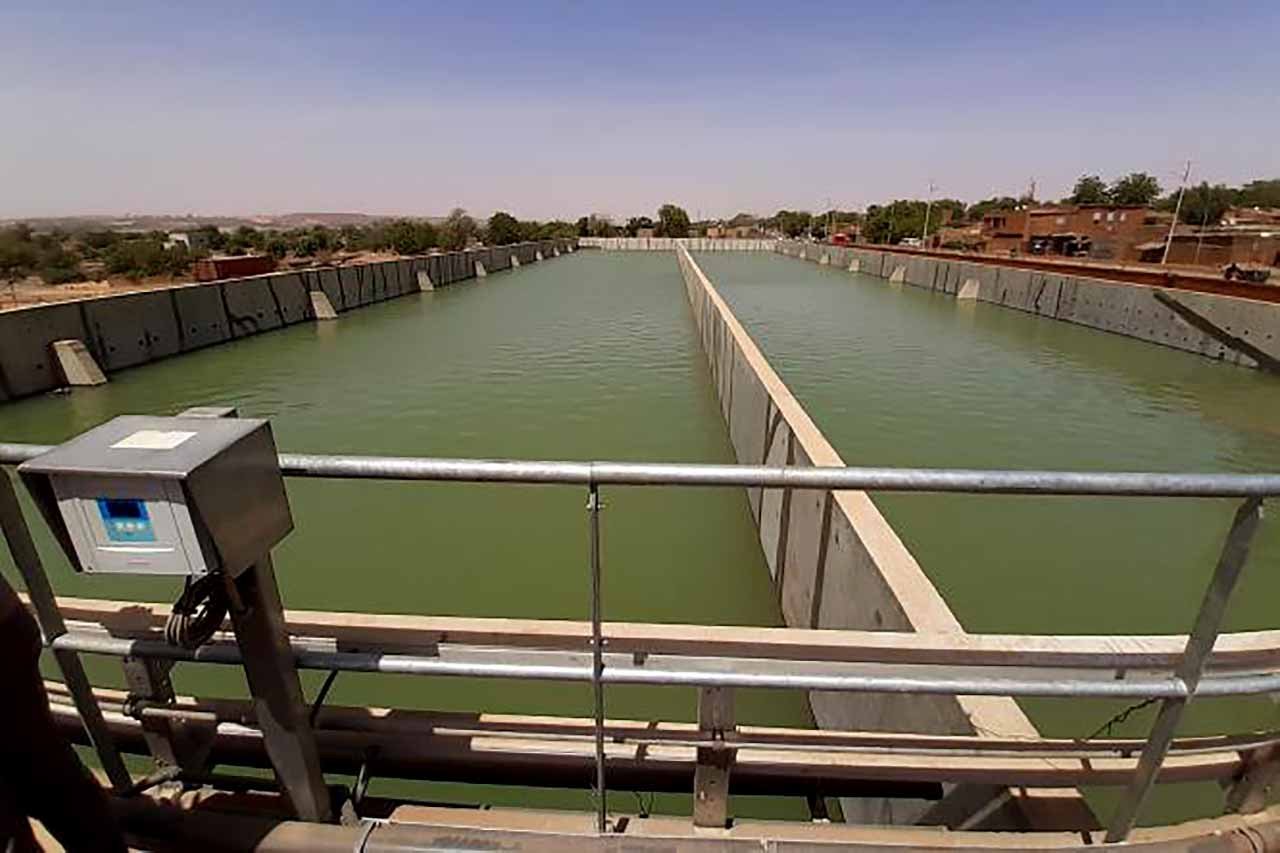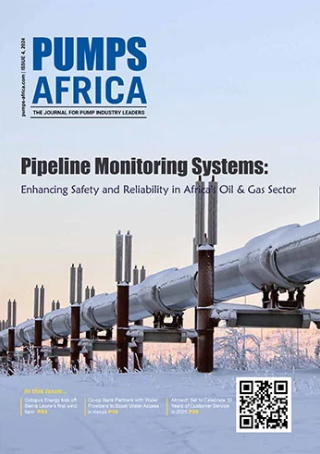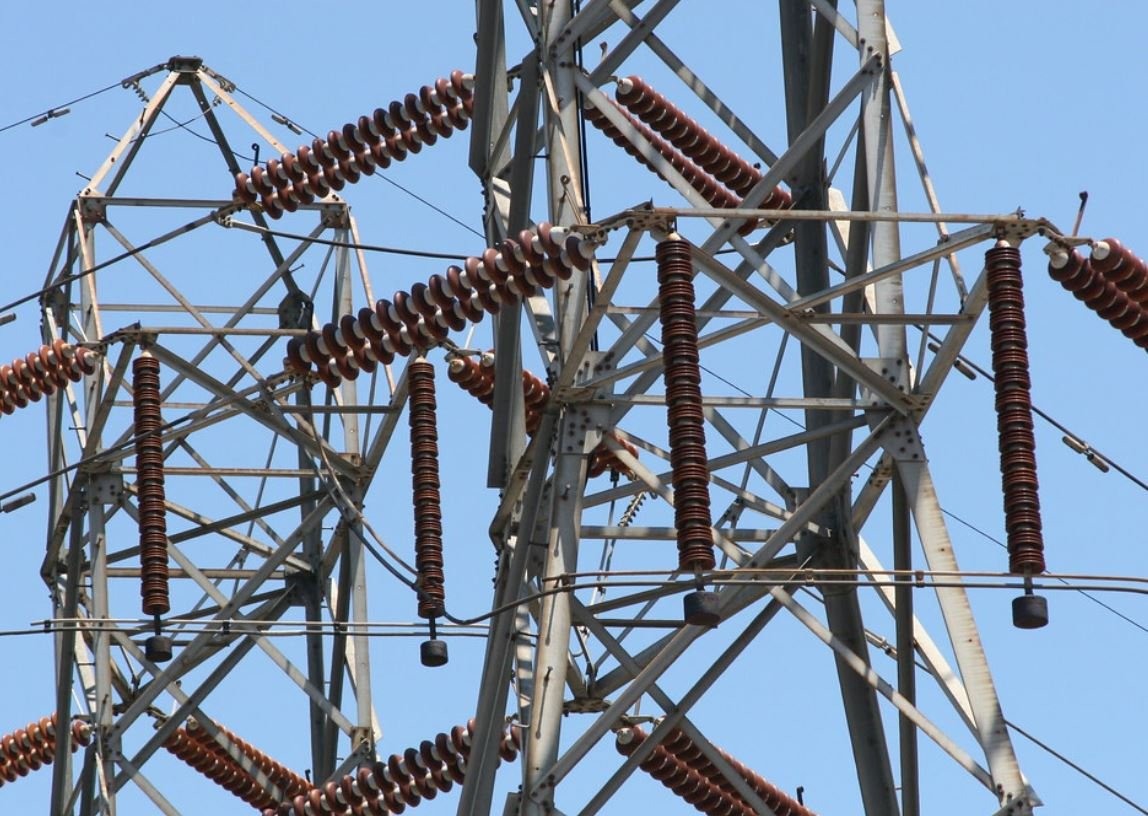The Goudel IV drinking water treatment plant in Niger has been inaugurated. The county’s president performed the ceremony on the plant which is the 4th drinking water production unit for the city of Niamey and an extension to the existing Goudel plant.
According to the Nigerien authorities, the commissioning of this plant has enabled the capital Niamey to achieve a water access rate of 95.62%, one of the highest in West Africa. With this capacity, the facility is able to, directly and indirectly, meet the needs of about 222,000 and 1.3 million additional people respectively.
As part of the Goudel IV drinking water treatment plant project, approximately 15,700 additional households have been connected to the water supply network. Additionally, 170 new water access points and three new reservoirs with a capacity of 2,000 m3 each have been constructed in the capital of Niamey. Furthermore, 27 km of pressure pipe and 250 km of distribution pipes have been laid across the city.
Read:Solar-powered water treatment plant installed at Mtwapa Kenya
Increase in water access rate
The project has enabled Niamey to achieve a water access rate of 95.62%, one of the highest in the West African region. The Goudel IV project was funded to the tune of US $86m by the lending arm of the European Union (EU) namely the European Investment Bank (EIB), the public financial institution that implements the policy defined by the French Government known as the French Development Agency (AFD), and the Dutch Development Cooperation, which is an important branch of the Netherlands Ministry of Foreign Affairs that is responsible for development and funding, particularly in the developing countries.
The EIB provided 34.5% of the total amount while the AFD and the Dutch Development Cooperation provided 30% and 35.5% respectively. Niger is one of the hottest countries in the world and average temperatures in Niamey are rarely below 32°C. Increasing access to safe drinking water through the Goudel IV project will help reduce the vulnerability of an increasing population to climate change.







